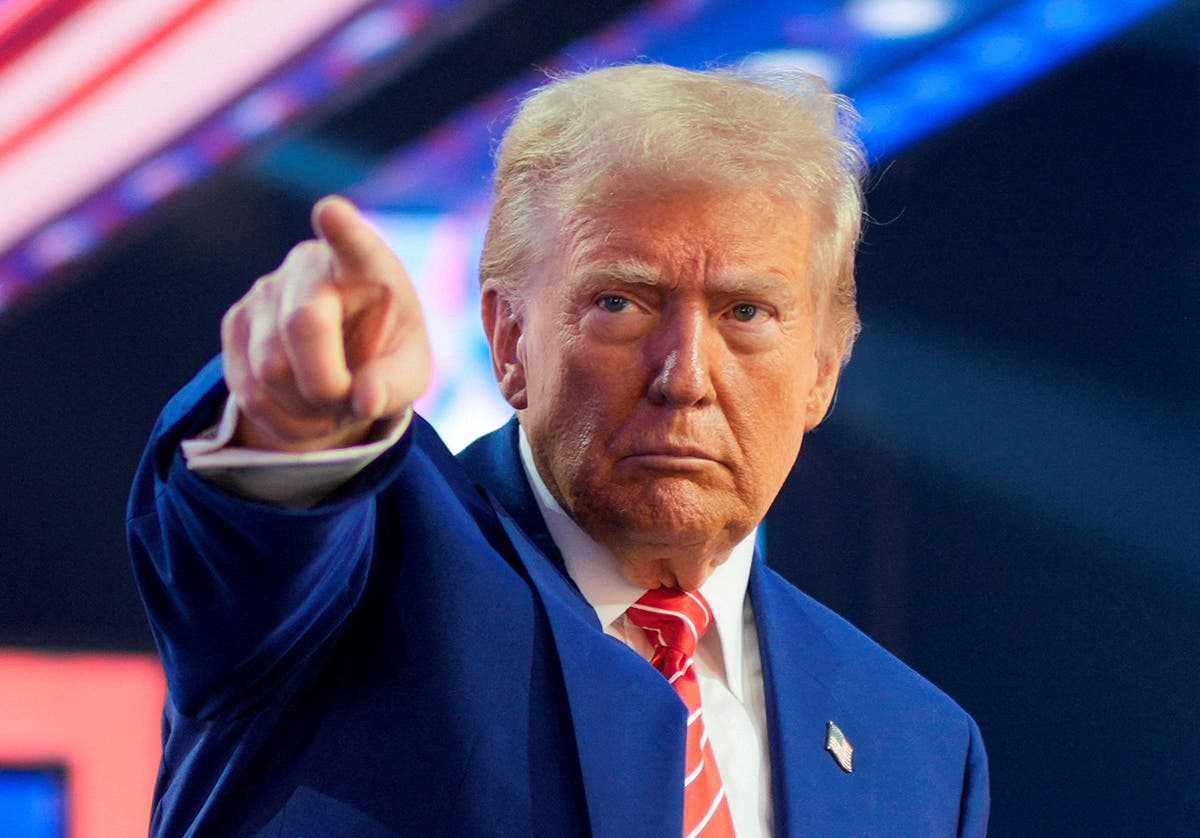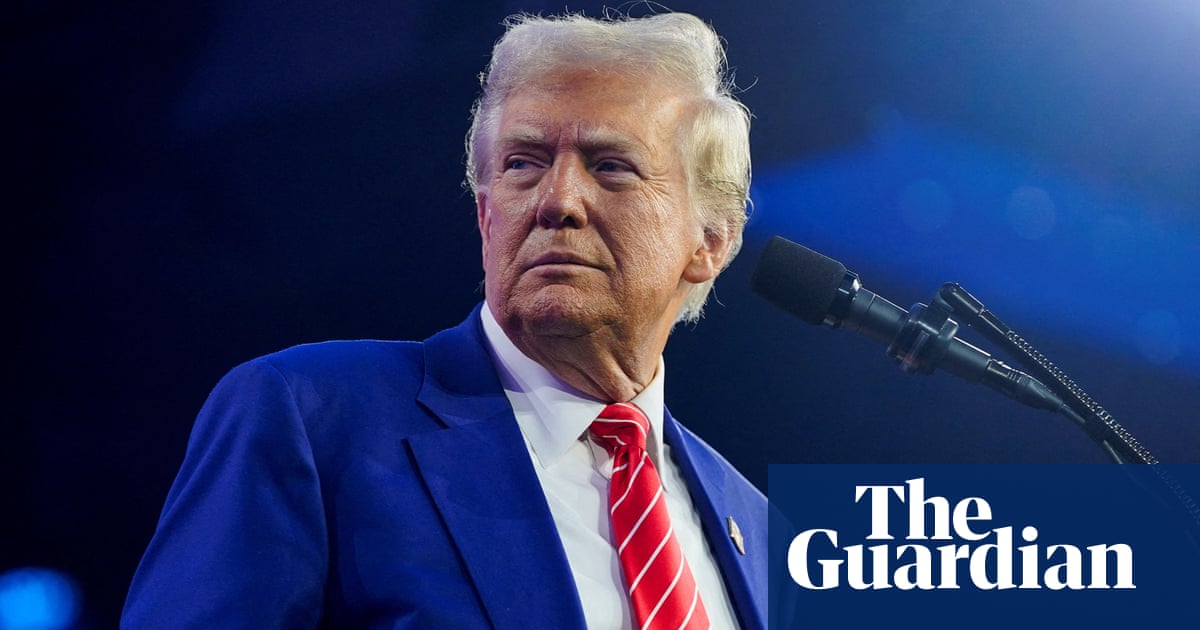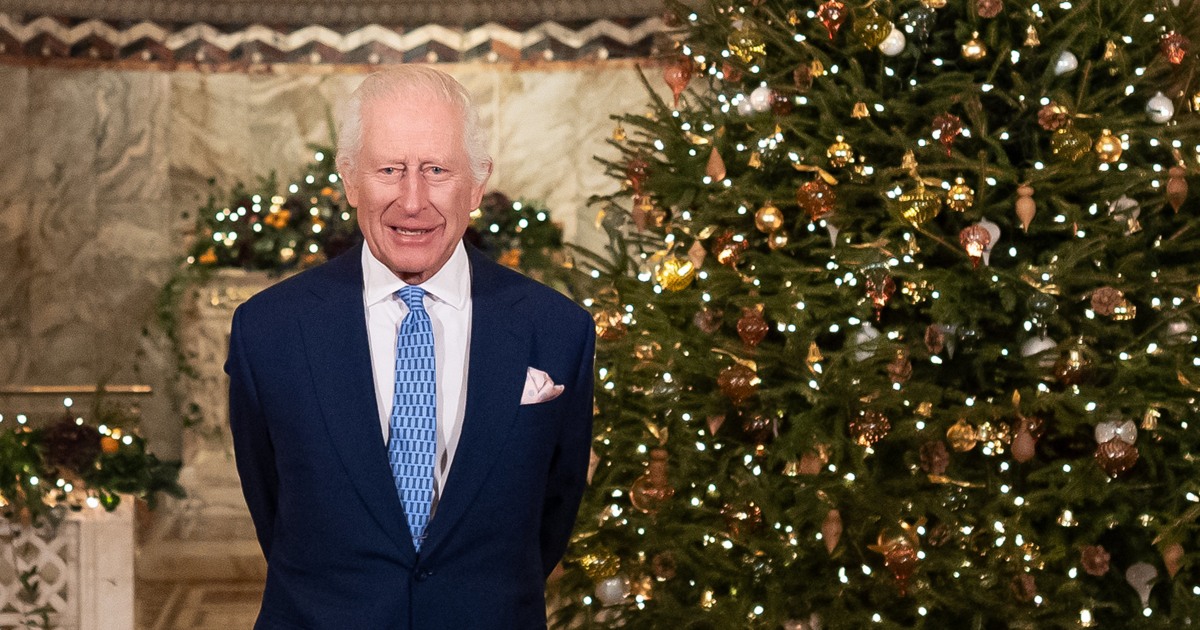Aided by record low turnout and deep frustration with Iran’s ruling class, little known reformist candidate Masoud Pezeshkian defeated prominent ultraconservative Saeed Jalili to become the next president of Iran.
World
Iranian reformist wins presidency, beating a prominent hard-liner

Prior to the vote, the 69-year-old cardiac surgeon had only minimal exposure as a national political figure —but he was the sole reformist approved to run after snap elections were called following the death of Ebrahim Raisi in a May helicopter crash. Pezeshkian netted 16.3 million votes, according to the country’s election headquarters, almost 3 million more than Jalili, his nearest rival, who trailed behind with about 13.5 million.
His victory over Iran’s conservatives comes at a critical time for the country as it faces heightened regional tensions and a standoff with the West over its nuclear program.
Conservatives dominated the ballot in the first round of voting on June 28, but support was split among Jalili, a former nuclear negotiator, and another primary contender, parliamentary speaker Mohammad Bagher Ghalibaf.
GET CAUGHT UP
Stories to keep you informed
Ghalibaf endorsed Jalili once the vote went to a runoff, a move some analysts said would boost the latter candidate’s chances of winning the presidency. But Pezeshkian appears to have mobilized broader support, appealing to more moderate conservatives and generating higher turnout within his base.
Here’s what to know about Iran’s new president, and the challenges he faces.
A veteran of the Iran-Iraq war who served in parliament and as Iran’s health minister, Pezeshkian has pushed for moderate reform but without challenging the country’s system of theocratic rule under Ayatollah Ali Khamenei, Iran’s supreme leader.
While campaigning for president, he advocated loosening some social restrictions and engaging with the United States over Iran’s nuclear program to lift sanctions that have crippled the economy. Pezeshkian’s supporters cite his heritage as an Azeri, one of Iran’s ethnic minorities, as one of the reasons they say he can act as a unifying force in the country.
Following his win on Saturday, Pezeshkian addressed the Iranian people in a statement posted to X, saying: “This is just the beginning of our cooperation… I extend my hand to you and I swear on my honor that I will not leave you alone on the path (ahead).”
He also pledged to bridge what he described as the “gap” in Iran between the people and the government. “I will do everything possible to look at those who were not seen by the powerful and whose voices are not heard. We will make poverty, discrimination, war, lies and corruption disappear from this country,” he said during a rally this week.
Pezeshkian’s victory shows he was able to expand his base of support, pulling from both the reformist and conservative ranks, said Mehrzad Boroujerdi, an Iran analyst and dean at Missouri University of Science and Technology.
But once in office, Iran’s conservatives might frustrate the plans Pezeshkian set out during his campaign.
“The conservatives will try to create obstacles from day one,” Boroujerdi said. “He won’t have much of a honeymoon. … They will apply the brakes to whatever Pezeshkian will try to do.”
Jalili issued a congratulatory note to Pezeshkian on Saturday, conceding defeat and vowing to aid the incoming president in the common goal of “elevating” the Islamic republic.
Ali Khameneiissued a message promoting unity after a campaign that saw rare public acknowledgements of the many challenges facing Iran.
“It is time for competitive election-related behaviors to turn into the morals of companionship” he said in a statement.
At the same time, low voter turnout and widespread public apathy weakened Pezeshkian’s mandate.
Earlier this week,Khamenei addressed concerns about the lack of voter participation in remarks broadcast by state-backed media.
“If the people demonstrate better participation in the elections, the Islamic Republic system will be able to achieve its words, intentions, and goals both within the country and also in the broader strategic expectations of the country,” Khamenei said, according to a summary of the remarks posted to X on Wednesday.
Iran’s clerical rulers see high turnout as key to their legitimacy at a time when they are facing both domestic and regional crises.
Across the Middle East — from Gaza to Lebanon and Yemen — armed groups allied with Iran are attacking Israel and its backers, threatening American military bases and disrupting global shipping lanes. In April, after an Israeli attack on an Iranian diplomatic building in Damascus, Syria, Tehran launched its first direct military attack on Israel, bringing a years-long shadow war into the open.
At home, many Iranians are still reeling from the brutal government crackdown on nationwide protests that erupted in 2022, following the death of Mahsa Amini, a young Kurdish woman, in the custody of the widely reviled “morality police.”
In the uprising’s aftermath, the regime doubled down, sentencing some protesters to death and increasing penalties for women who disobey its strict dress codes.
Amid simmering social unrest and a deepening economic crisis, the presidential campaign featured some rare acknowledgment of the challenges faced by the country’s ruling class — a sign, analysts say, of how serious those challenges have become.
“It has reached a stage where it is just impossible to overlook it,” said Ali Vaez, the Iran project director for the International Crisis Group. “The gap between the state and the society has reached a stage where it cannot just be painted over.”
When asked about women’s rights and the harsh enforcement of the hijab law, Pezeshkian said he agreed with the mandatory dress code and said all of the women in his family wear the chador, a long, loose black cloak that covers the entire body from head to toe. But he also questioned the way female dress codes are enforced in Iran.
“The view that women are second-rate citizens and are created only for the sake of the family is something that needs to change,” he said during a presidential debate. “Women [exist along] with men in the economy, in science and in industry, and we should return them to their position.”
Frances Vinall contributed to this report.










